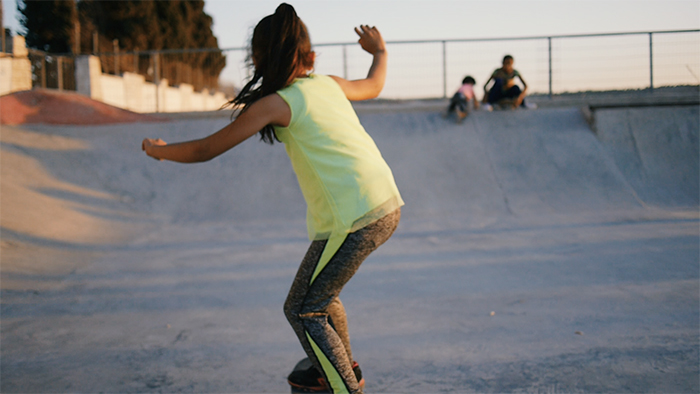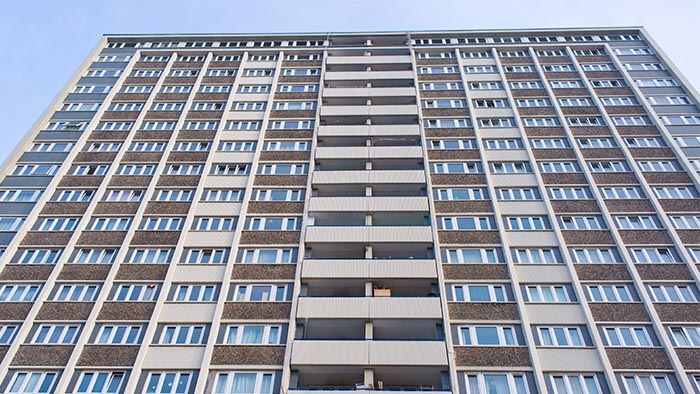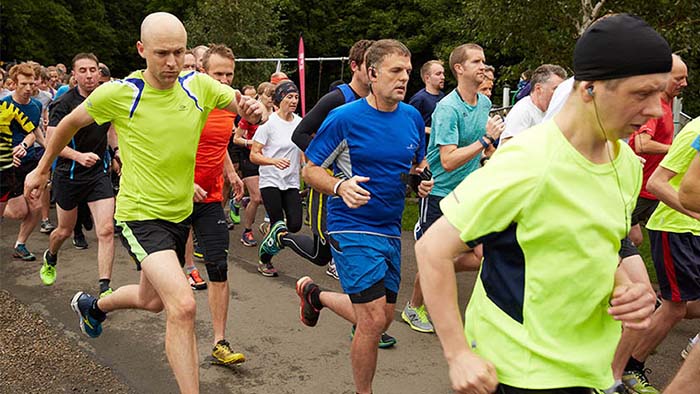About this project
Explore the people and organisations behind this research, and find related publications by the research team.
Research areas
Sports Industry Research GroupRelated publications
Evaluating the impact of boxing clubs on their host communities The relationship between types of sports club and English government policy to grow participation Youth sport volunteers in England : a paradox between reducing the state and promoting a Big Society Youth sport volunteers in England : a paradox between reducing the state and promoting a Big SocietyRelated courses
Our teaching is informed by research. Browse undergraduate and postgraduate courses with links to this research project, topic or team.
Get in touch
Find key contacts for enquiries about funding, partnerships, collaborations and doctoral degrees.
Why boxing is still a grassroots sport
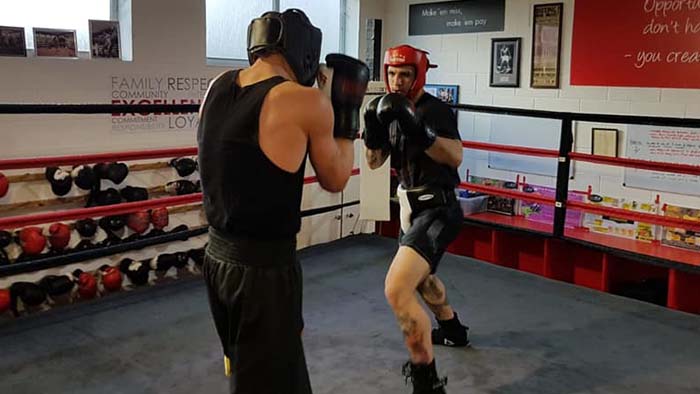

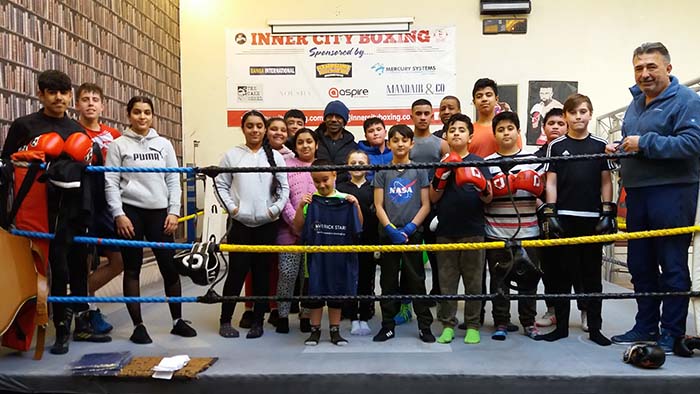
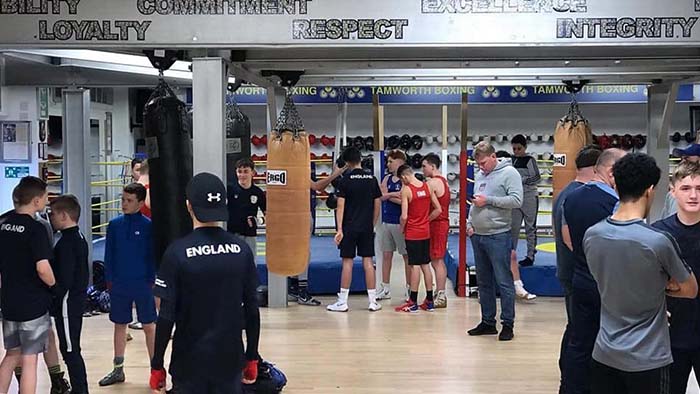
About this project
Explore the people and organisations behind this research, and find related publications by the research team.
Research areas
Sports Industry Research GroupRelated publications
Evaluating the impact of boxing clubs on their host communities The relationship between types of sports club and English government policy to grow participation Youth sport volunteers in England : a paradox between reducing the state and promoting a Big Society Youth sport volunteers in England : a paradox between reducing the state and promoting a Big SocietyRelated courses
Our teaching is informed by research. Browse undergraduate and postgraduate courses with links to this research project, topic or team.
Get in touch
Find key contacts for enquiries about funding, partnerships, collaborations and doctoral degrees.

